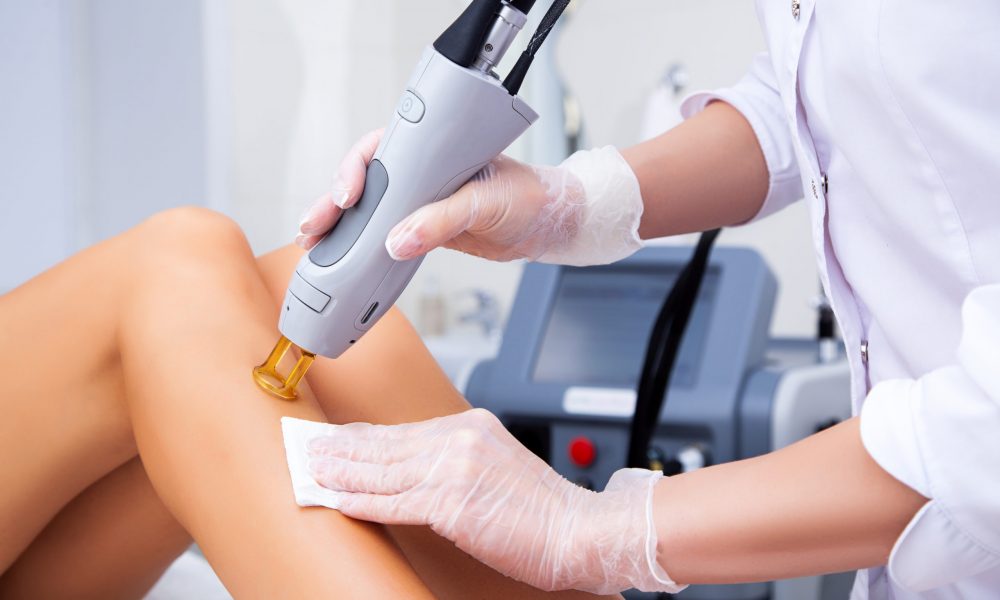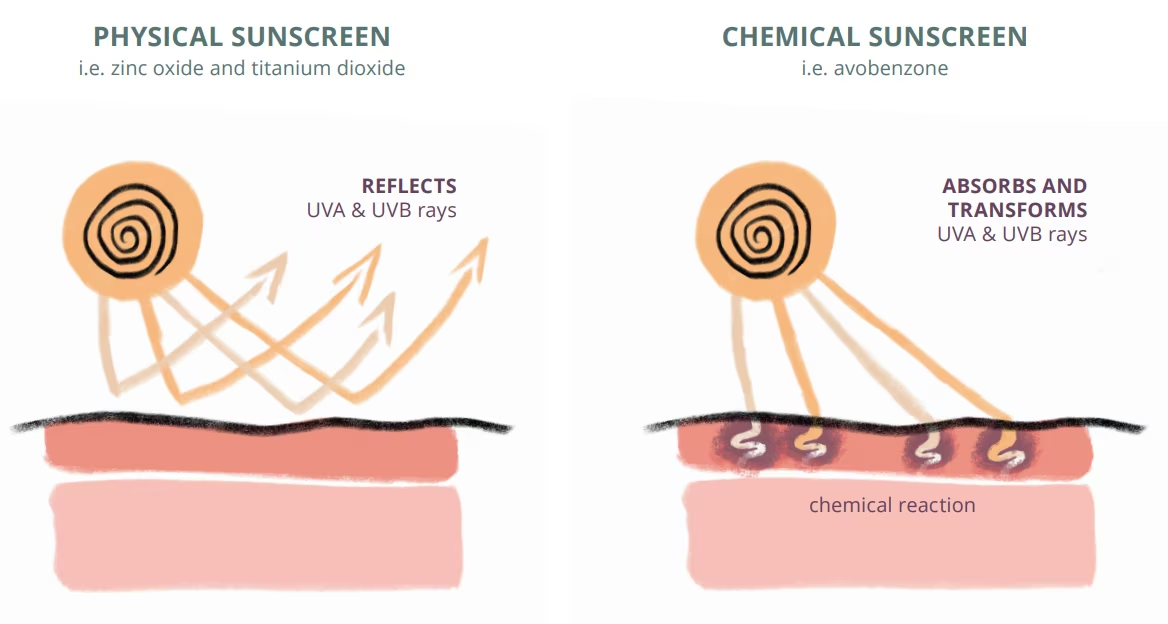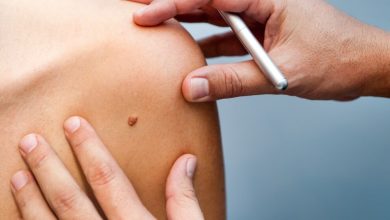Introduction:
In the vast landscape of modern technological marvels, diode lasers stand out as silent champions, weaving their way into diverse sectors, from medical procedures to telecommunications. As we embark on this exploration of diode laser, our journey transcends the technical intricacies to unveil the human aspect behind this revolutionary technology. This article delves into the multifaceted world of diode lasers, decoding their applications, evolution, and the impact they’ve had on various facets of our lives, all while maintaining a conversational tone that resonates with the human experience.
Understanding the Basics:
Let’s begin by unraveling the fundamentals. A diode laser is essentially a semiconductor device that converts electrical energy into coherent light through a process known as stimulated emission of radiation. Now, that might sound like a mouthful of technical jargon, but let’s break it down. Picture a tiny device that harnesses the power of electrons to generate a focused beam of light. This coherent light has remarkable applications, making diode lasers indispensable in numerous fields.
Applications in Medicine:
One of the most compelling chapters in the story of diode lasers unfolds in the realm of medicine. These compact devices have become instrumental in various medical procedures, offering precision and minimally invasive solutions. Take, for instance, dermatology, where diode lasers are employed for hair removal, skin rejuvenation, and even tattoo removal. The human touch in this context lies in the enhanced comfort and reduced recovery times that patients experience, thanks to the pinpoint accuracy of diode laser applications.
In dentistry, diode lasers have become indispensable tools, facilitating procedures like soft tissue surgery and periodontal treatments. The reduced pain and discomfort associated with diode laser dentistry contribute to a more patient-friendly experience, underscoring the human-centric nature of this technology.
Cosmetic enhancements also embrace diode lasers for procedures like body contouring and skin tightening. The nuanced control offered by diode lasers allows practitioners to tailor treatments to individual needs, prioritizing both effectiveness and patient well-being.
The Evolutionary Journey:
Like any transformative technology, diode lasers have undergone a significant evolutionary journey. The initial applications were confined to areas like barcode scanning and CD players, where their compact size and efficiency found practical use. However, their potential was soon recognized in broader fields, leading to advancements that made diode lasers more powerful, reliable, and versatile.
In the realm of telecommunications, diode lasers play a pivotal role in transmitting vast amounts of data through fiber-optic cables. The seamless communication we experience in the digital age owes much to the precision and efficiency of diode lasers, exemplifying how technological evolution aligns with the needs of a connected human society.
Portable diode lasers have also found their way into everyday life, from laser pointers in conference rooms to the laser scanners in our smartphones. These applications showcase how diode lasers have seamlessly integrated into our daily routines, enhancing convenience and functionality.
Accessibility and Diode Lasers:
A compelling aspect of diode lasers is their increasing accessibility. Initially confined to high-tech laboratories, diode lasers have become more commonplace, finding applications in various industries. This democratization of technology empowers individuals and smaller enterprises, fostering innovation and creativity across diverse fields.
The affordability and versatility of diode lasers have made them indispensable in emerging economies, contributing to advancements in fields ranging from manufacturing to healthcare. This democratization aligns with the human narrative of empowerment through technology, leveling the playing field and offering opportunities for growth and development.
Environmental Considerations:
The human touch in technology extends beyond applications and accessibility; it also involves responsible stewardship of our planet. Diode lasers, being energy-efficient and compact, align with the growing emphasis on sustainable practices in technology. Their reduced power consumption not only makes them environmentally friendly but also reflects a conscientious approach to resource utilization.
In industries where large-scale laser applications are common, the adoption of diode lasers contributes to reducing the carbon footprint. This environmentally conscious use of technology resonates with the global human effort to create a sustainable future.
Challenges and Ethical Considerations:
No technological advancement is without its challenges and ethical considerations. Diode lasers, while offering tremendous benefits, also pose questions regarding safety, particularly in their use by non-professionals. Ensuring that these devices are employed responsibly, adhering to established guidelines, becomes imperative to prevent potential harm.
In medical applications, ethical considerations revolve around the transparency and communication between healthcare providers and patients. Educating individuals about the procedures involving diode lasers, their potential outcomes, and any associated risks ensures that the human aspect of informed consent remains central to medical practices.
The Future of Diode Lasers:
As we gaze into the future, the trajectory of diode lasers appears bright and filled with possibilities. Their continuous evolution promises innovations that will further integrate them into the fabric of our lives. In medicine, the refinement of diode laser applications holds the potential to revolutionize treatments, offering even more precise and personalized solutions.
The fusion of diode lasers with other cutting-edge technologies, such as artificial intelligence and robotics, opens new frontiers in fields like surgery and diagnostics. The collaboration between human expertise and technological precision is poised to redefine the capabilities of medical professionals, enhancing their capacity to deliver optimal care.
In telecommunications, the demand for faster and more reliable data transmission is likely to propel further advancements in diode laser technology. As our interconnected world continues to rely on seamless communication, diode lasers will play a crucial role in shaping the infrastructure that supports this global exchange of information.
Conclusion:
In the tapestry of technological innovations, diode lasers emerge not as cold, impersonal devices but as tools deeply intertwined with the human experience. From medical procedures that prioritize patient well-being to the everyday conveniences we take for granted, diode lasers embody the human touch in technology. As we navigate the ethical considerations and challenges, the responsible use of diode lasers becomes a testament to our collective commitment to shaping a future where technology serves humanity while respecting our shared values and the planet we call home.
Looking ahead, the journey of diode lasers is an ongoing saga of exploration and refinement. Researchers and engineers continually push the boundaries of what these compact devices can achieve. The ongoing quest involves not only enhancing the technical aspects of diode lasers but also addressing the evolving needs and expectations of society. As we anticipate the future of diode lasers, it becomes a narrative of collaboration between human ingenuity and technological prowess, showcasing our capacity to shape innovations that resonate with the essence of our shared humanity.
The impact of diode lasers is not limited to their technological applications; it extends to the socioeconomic landscape. The accessibility and affordability of these lasers have facilitated the growth of small businesses and startups, fostering a culture of entrepreneurship. Industries ranging from manufacturing to communications benefit from the democratization of diode laser technology, enabling a diverse range of professionals to leverage its capabilities for innovation and growth. This democratization aligns with the human narrative of empowerment through technology, creating a more inclusive and dynamic economic ecosystem.
In the ethical landscape, the responsible integration of diode lasers raises important questions about regulation and education. The collaborative effort between regulatory bodies, healthcare professionals, and technology developers becomes crucial in ensuring that diode lasers are employed ethically and safely. Moreover, ongoing education campaigns about the capabilities and limitations of diode lasers contribute to a society that is informed and engaged, highlighting the human-centric approach needed navigate the ethical considerations of advanced technologies. As diode lasers continue to weave their way into the fabric of our lives, the ethical discourse surrounding their use remains an integral part of the human narrative in technology.




